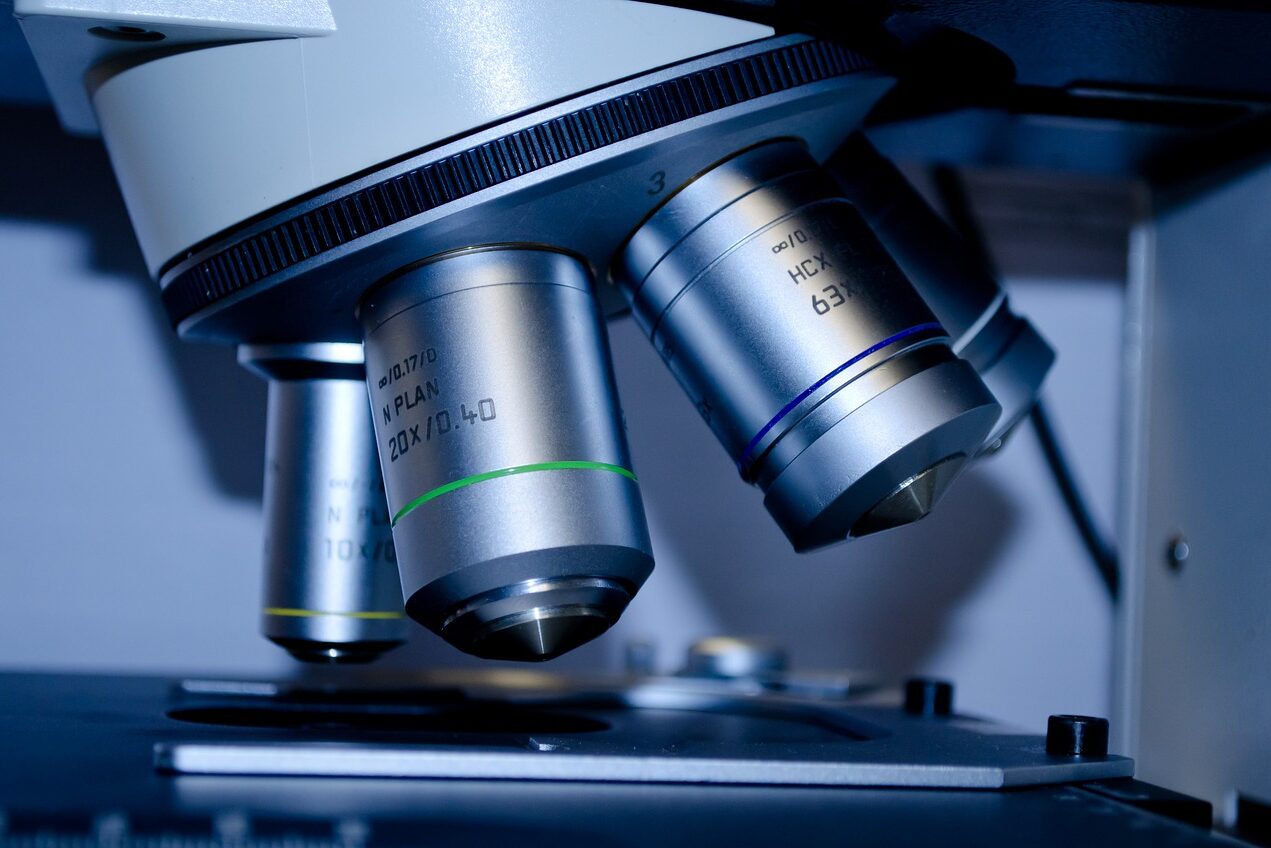Research carried out by the Spanish biochemist Fernández-Capetillo explains the origin of this chronic and lethal disease
Amyotrophic lateral sclerosis (ALS) has been cataloged by the Spanish Society of Neurology (SEN) as the third most common neurodegenerative disease in Spain , only behind Alzheimer’s and Parkinson’s. This pathology, which does not have a specific pharmacological treatment for its cure, consists of the progressive degeneration of the neurons responsible for transmitting stimuli from the central nervous system to the muscles of the body. ” Muscle weakness , muscle atrophy , muscle contractions or increased muscle tone ” are some of the symptoms of the disease that end up causing general paralysis in the patient. Statistics published by the scientific society itself reveal that around 700 people develop ALS symptoms each year in Spain.
Although the causes of the disease are still unknown , medical units are currently investigating to clarify its origin. Recently, the National Cancer Research Center (CNIO) , an institution dependent on the Carlos III Health Institute, has revealed in the scientific journal Molecular Cell the results of clinical trials that illuminate the origin of ALS. The head of the CNIO Genomic Instability Group, Óscar Fernández-Capetillo , who coordinated the research team, points to “the accumulation of ‘junk proteins’ in motor neurons . ” The Spanish biochemist explains that these are “proteins without any function , known as ribosomals, which accumulate unduly and prevent the cell from functioning well until it collapses because the cellular cleaning systems stop operating.”
The research carried out suggests that “ALS has a similar origin to another group of rare diseases known as ribosomopathies , also associated with an excess of non-functional ribosomal proteins.” However, “in the case of ALS, the problem is restricted to motor neurons . “
The effect of toxic protein
The accumulation of “junk proteins” occurs through a complex mechanism. According to the study, the majority of hereditary ALS patients share mutations in a gene called C9ORF72 that result in the production of toxic proteins rich in the amino acid arginine. These toxic proteins, which stick to DNA and RNA, affect virtually all reactions in the cell that use these nucleic acids. In this way, “the cell accumulates an excess of orphan ribosomal proteins and ends up collapsing the cellular cleaning systems, which finally leads to the death of the motor neurons ,” explains Fernández-Capetillo.
A solution against hereditary ALS
“Since the problem is excess ‘ribosomal junk,’ we explored strategies to make cells produce fewer ribosomes .” The clinical trials consisted of “turning off two of the ribosome generation mechanisms in tissues in vitro with genetic and pharmacological manipulation.” The results showed that “by producing less ‘garbage’, toxicity is reduced . ” However, the head of the Group warns that these first results “must be interpreted with caution, since they simply indicate the possible existence of avenues that had not been explored to search for treatments against ALS.”
Author: MARIO SORIA
Date: Created:03/25/2024 18:25
Last update:03/25/2024 18:25
Nutrigenomics Institute is not responsible for the comments and opinions included in this article






